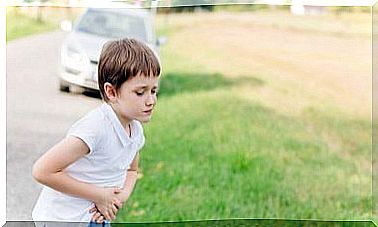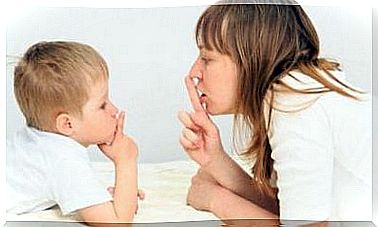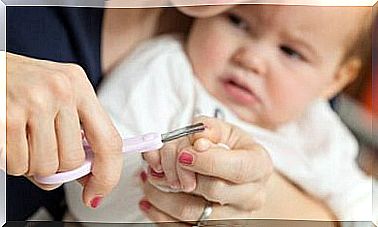Children’s Drawings And Their Meaning
Children’s drawings usually take place after the age of 18 months, which is when they start making doodles as a way of expressing themselves. The little ones have fun drawing lines that may seem random. To them, however, they represent works of art as a product of their thoughts and ideas.
The importance of children’s doodles lies in the activation of their imagination and fine motor skills from a young age. These are for the benefit of children developing their talents and abilities. It’s also a fun way to express their feelings.
When children begin to shape their pen strokes on a sheet, they tend to be impulsive, incoherent, and out of control.
They move their whole arm to be able to cover the space they have available. This activity interests them and keeps them entertained. It also promotes the development of the first stages of artistic development.
As they grow, children’s skills strengthen and they acquire new abilities to improve their scribbles.
They choose their colors better and the lines are more defined. Once the school routine begins, they improve on what they learned at home with more techniques.
When children feel curious about finding a color, do not hesitate to give it to them and teach them to keep it correct.
That way, they can start drawing their first artistic pen strokes and jump into the drawing world, which will definitely result in unforgettable creations for them and for you as a mother.
Types of drawings and their meaning
The first phase of infant drawing or scribbles begins in the first few days when a child grabs a color and tries to draw on paper. This is when the process of motor and brain coordination begins.
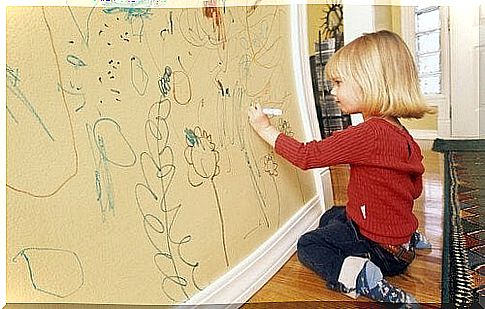
Random scribbles
This is a motor function that is observed in children from approx. 20 months of age, also known as messy scribbling. It is characterized by sketches or marks of pencils or colors that have no order or meaning. They can use one or more materials.
At this stage, the children feel a motor discharge when drawing, and they use their doodles to show their new language and way of communicating. In addition, they begin to recognize the materials.
This phase is of utmost importance as it awakens their motor skills and attention to the environment. Therefore, all this will be reflected in the sheet.
Controlled scribbling
This is a comprehensive level manifested by children from 20 to 30 months. From here, the tracking begins to take shape, the children hold their pencils or colors better, and one can observe that they soften their movements when they draw.
The lines are longer and more defined, and they strive to fill the entire page with their graphic expression. At this level, the presence of kinetic learning is noticeable. That is, the ability to use their bodies to express ideas.
They observe the world around them more clearly to express it on the sheet. This is when they start drawing circles, points and intersecting lines.
Named scribbling
Also known as the representation stage and ranges from 30-48 months. At this stage, the children already have better mastery of their motor skills and can explain what they are drawing.
In general, they outline what they see and feel on the sheet, even though what they are drawing does not resemble reality.
During this phase, children begin to choose the materials to be used, what to paint, and what color.
They will also center their drawings a little more and will feel proud of the possible reactions they get from adults who see their creations. Therefore, it is extremely important to encourage and congratulate them on their work.
The pre-schematic phase
This level varies from 3-7 year olds. In this case, children represent objects, people, and animals they see. These drawings are a little more understandable, though the human figures are a circle for the head and two lines for the body. Many children also draw their fingers and hair.
When they start going to school, they will exploit their drawing potential in the classroom.
There they will manifest ideas, share them with their peers and get a better vision of the children’s world. The resources for their compositions will vary and they will be able to develop their motor skills to the fullest.
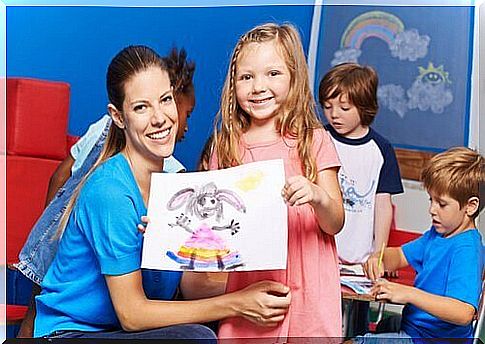
The phases that follow are: The schematic phase, which takes place between 7 and 9 years, and the transition phase, which takes place between the ages of 9 and 14 years.
It is in the latter that the perfection of doodles occurs, which is now more like drawings. During these phases, children openly demonstrate their skills with sketches and combinations of colors.
Finally, children’s drawings are very important, as scribbling and scribbles evoke cognitive motor skills. In the future, it will help them express themselves through various artistic compositions, such as sketching and painting.





